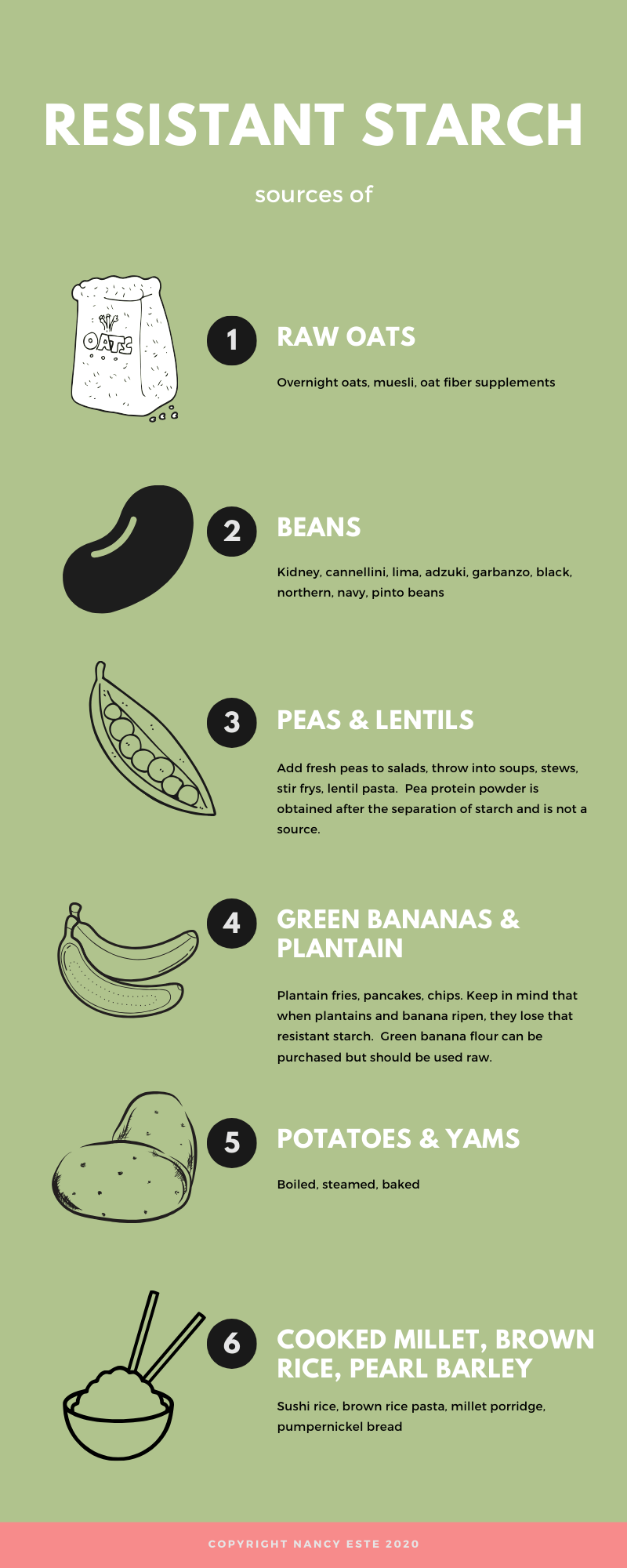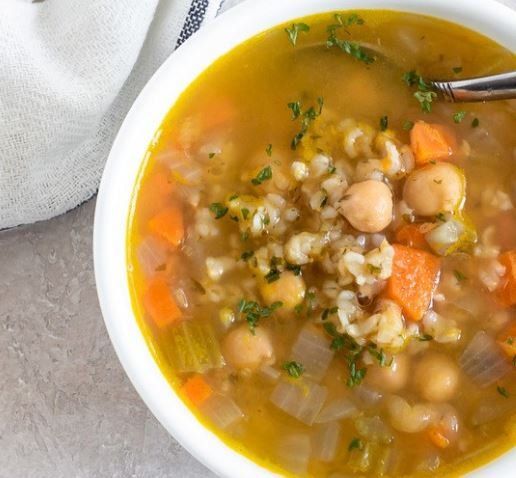Are all carbs bad?
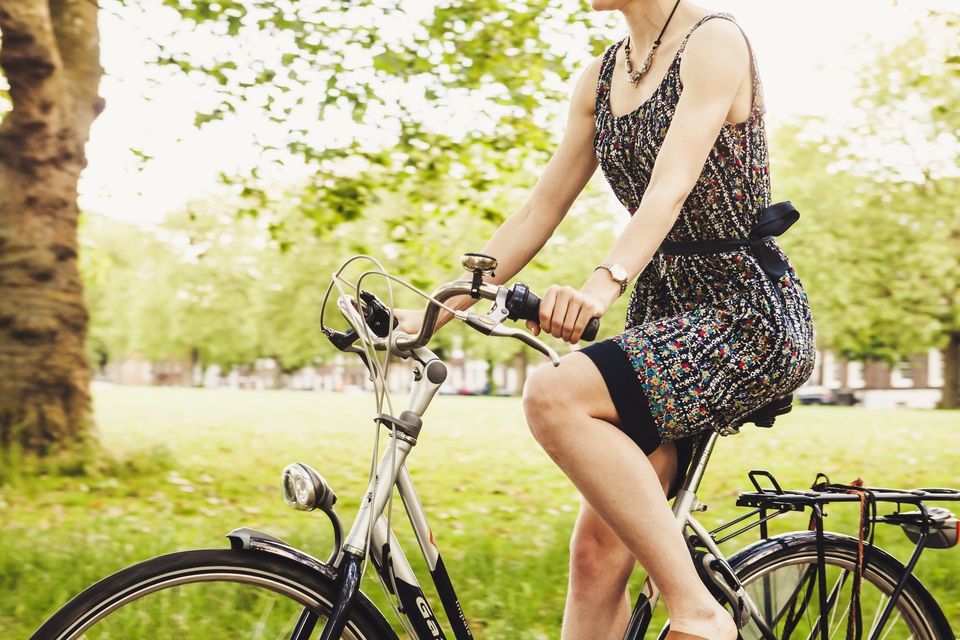
When it comes to energy and a healthy body weight an important concept to understand is - it all comes down to your blood sugar being in that “good range” and not being high or low (while not moving fast, up or down).
Today, I am sharing a brief overview behind the power of resistant starch and what it can do for you. Resistant starch is a prebiotic (food for good gut bacteria) which helps set the stage for a healthy colon.
First off, with all the hype about keto diets let's make one thing clear. Not all carbs are bad. In fact, resistant starch carbs are actually some of the healthiest foods we can eat to support optimal digestion, blood sugar balance and promote weight loss.
What we know about resistant starch is that it is the best fiber and the best carbohydrate. Fiber helps feed good bacteria (flora) in your gut, but it is not digestible (it just passes through us). While carbs do not feed the flora but do provide nutrients.
Bottom Line - Resistant starch carbs are slowly absorbed that it gives you 7 – 9 hours of slow and stable blood sugar which equals steady energy.
Resistant starch carbs help us by making more short chain fatty acids, which is good news for the bacteria in your gut that feed on them by combating inflammation aiding to heal your gut.
Other benefits include:
- better nutrient and mineral absorption
- binds to toxins and aids in elimination through bowels
- reduces systemic inflammation
- reduces systemic inflammation
What foods contain resistant starch and just how much should we consume?
Ideally, we would like to get 20 to 30 grams, more if you are diabetic up to 45g per day into our diets. Overall, it is better to find it with food and to get it with food sources. The important thing to do is to raise the dose gradually when it comes to your consumption.
The highest concentration of resistant starch, by far, has to be navy, northern and cannellini beans.
If you are gluten intolerant, best to stick to wheat free oats, millet and brown rice. While green bananas and plantains are great sources, they can be tricky to eat as they must be green and unripened. Once cooked, they start to lose their benefits. You can choose a green banana powder and add to a smoothie, but don't cook with it unless you are okay with losing some of that beneficial resistant starch.
The bottom line is, as with all dietary changes go slow. Pick one thing and try not to overwhelm yourself with too many choices. Its best to start slow and remain consistent. Its the consistency that provides the greatest benefits.
Need help? Reach out and book a free discovery call with me. Let's chat about what is going on with your health and determine whether holistic and functional nutrition is right for you.
Go ahead and do that now ---->>>
BOOK NOW
Recent Posts
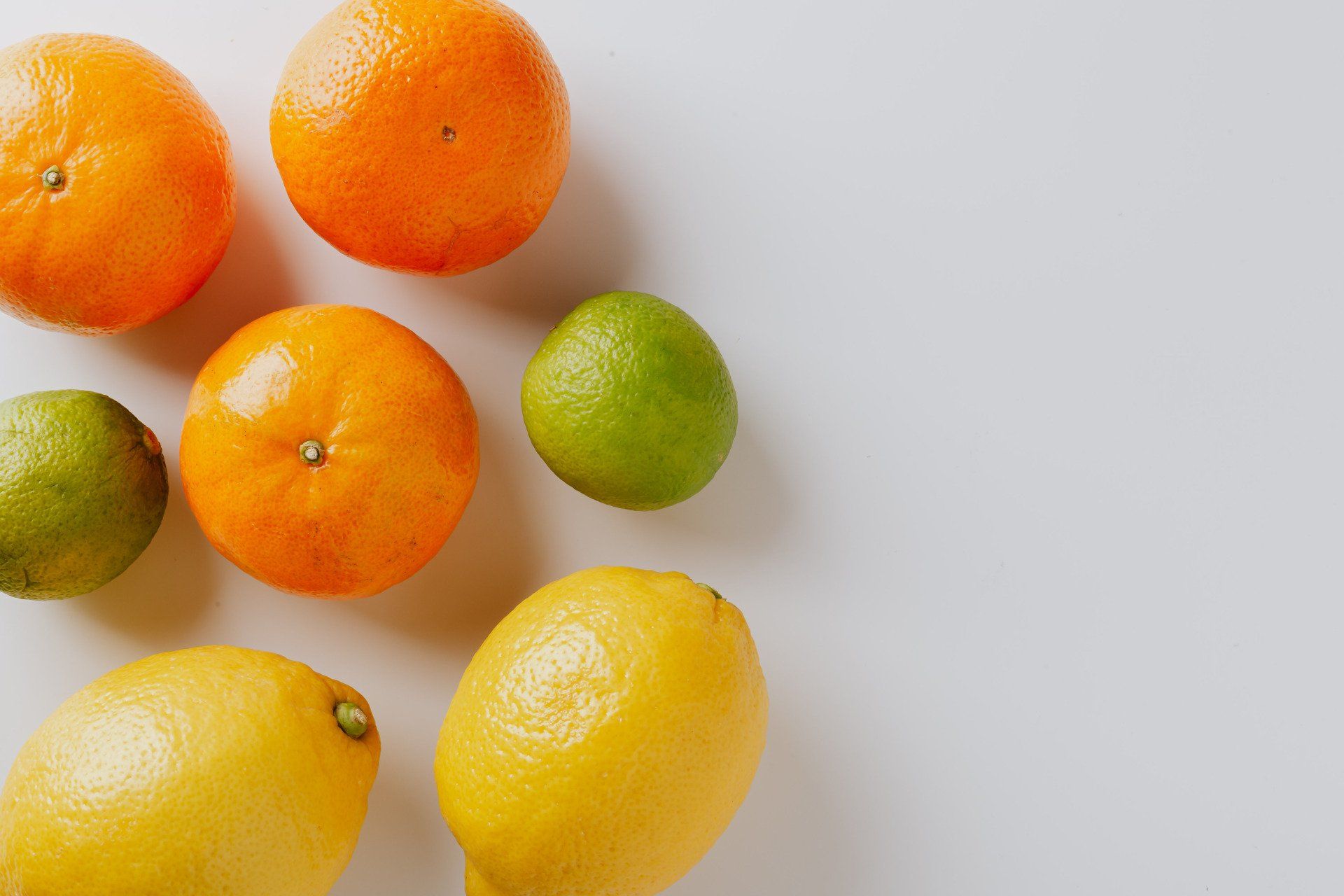
Vitamin C is an essential nutrient that promotes healing in every situation of poor health. Benefits Include: activates growth and repair in tissues boosts immune system aids in synthesis of collagen for healthy skin and mucous membranes vital to the bodys healing process Unlike some animals, humans are unable to synthisize vitamin C endogenously, so it's an essential dietary component. Best Sources Include: strawberries blackberries citrus fruits tomatoes peppers apples persimmons guavas mangos acerola cheries potatoes turnip greens kale spinach broccoli avocado bananas collards black currants parsley papaya In a 2005 study about the immune-enhancing role of vitamin C and zinc and effect on clinical conditions revealed that sufficient amounts of vitamin C (1g) and zinc (50mg) reduced the incidence and improved the outcome of pneumonia, malaria, and diarrhea infections, especially in children in developing countries. PMID: 16373990 Are you getting enough?

Salmon is by far my top pick when it comes to health benefits of eating wild-caught fish. An excellent source of easy to digest protein, vitamin B12, vitamin D and packed with anti inflammatory EPA and DHA omega 3 fatty acids which are essential nutrients that our body's cannot produce on their own. I also love the simplicity of this one pan dish. Busy weeknights don't have to mean grabbing a pizza on the way home from work. Simply prep your sheet pan with veggies and fish and bake in a pre-heated oven for 15 minutes! Make it a heartier meal and serve with leftover cooked basmati rice or cooked quinoa. Super easy, cost effective and nutritious. One Pan Mediterranean Salmon Ingredients: 2 cups Basil Leaves 1/2 Lemon (juiced) 1 Garlic (clove) 1/4 tsp Sea Salt 1/4 cup Hemp Seeds 1/4 cup Extra Virgin Olive Oil 4 Wild Salmon Fillets (about 5 oz. each) 1 1/2 cups Artichoke Hearts 1/2 cup Pitted Kalamata Olives 4 Tomato (large, quartered) Directions: Preheat oven to 450ºF (232ºC) and line a baking sheet with parchment. Make pesto by combining basil, lemon juice, garlic, sea salt, hemp seeds and olive oil together in a small food processor. Pulse until smooth. Lay wild salmon fillets on baking sheet and arrange the artichokes, olives and tomatoes on the baking dish around the fillets. Top each piece of salmon with a generous spoonful of pesto. Bake for 15 minutes or until fish is cooked through. Divide onto plates and enjoy! No salmon - simply swap out for rainbow trout. Try this recipe this week - it's easy and nutritious!
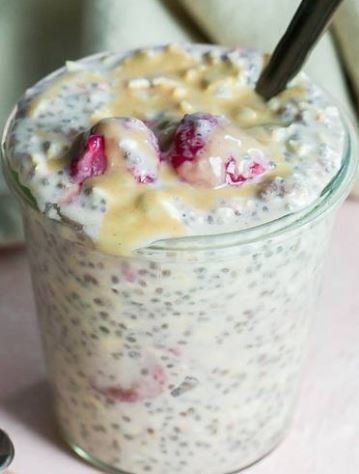
Strawberry Tahini Overnight Oats Ingredients: 1/2 cup Oats (wheat free) 3/4 cup Oat Milk (or your favorite plant based milk) 2 tbsps Chia Seeds 2 tbsps Tahini 1/8 tsp Cinnamon 1/2 cup Strawberries (halved) Directions: Add the oats, milk, chia seeds, tahini, cinnamon, and strawberries to a mixing bowl. Mix well. Cover and place in the fridge overnight, or for at least 8 hours. Remove the oats from the fridge and enjoy!
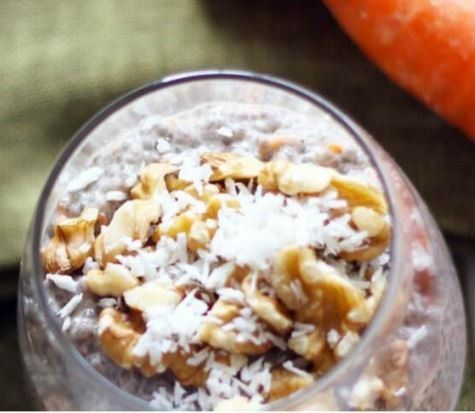
Fiber is essential because it promotes gut health and also reduces the risk of developing many chronic dis-eases including constipation, hemorrhoids, diverticulitis, colon cancer, breast cancer, high cholesterol, and diabetes. Fiber is often counted is often counted in the “Total Carbohydrates” on a food label. Since fiber is not used as energy but is excreted it does not count as caloric intake. Because it is not digested it counts as “0” calories. When increasing fiber in your diet be sure to start with a hydrated body, otherwise you may experience the opposite effect such as bloating and constipation. Tips: Ensure you are drinking at least 8 cups of water a day (includes herbal teas) Begin slowly such as 1/2 tsp of chia seeds added to a smoothie, then increase by 1/2 tsp each d ay—as long as your bowels are still moving and you're not bloated. Touted as a functional food, chia seeds are highly anti-inflammatory and improves cholesterol, blood pressure, and stabilizes blood sugar. Its my absolute favourite for a healthy gut and healthy body.

I hope you are enjoying the last week of summer break (or should I say March break) and are enjoying time outdoors. Along with much anticipation to return to some sort of routine again with work and/or school, I know a lot of you are feeling anxious and worried. I have been listening to your concerns and questions on how to best protect yourself and your family and I want to help. I believe the best defense possible for you and your family is a STRONG and healthy immune system. These recommendations for boosting your child's immunity can be a challenge to implement but worth the effort. Do your best with them and try not to get discouraged as even making small changes in these areas can make a HUGE difference in your child's well-being. Here are my five natural ways to boost your child's immunity: ---->> Lower inflammation by eating a rainbow of colors -- red-yellow-green-orange-purple (preferably organic). These bright colored fruits and vegetables are packed with antioxidants that combat free radicals which can damage parts of our cells such as proteins, DNA, and cell membranes by stealing their electrons through a process called oxidation. Serve less processed, packaged, prepared lunchables, frozen dinners and limit eating out at the "golden arches." ----->> Support your gut microbiome by feeding it prebiotic rich fiber. The friendly bacteria in your gut are responsible for over 70% of your immunity. Garlic, onions, asparagus, leeks, dandelion greens, and oats are just a few of these fiber rich foods that help gut bacteria produce butyrate, acetate and propionate for a healthier gut and immune system. ------>> Supplement. Research has identified specific natural products can augment and modulate the immune response to neutralize potential threats and pathogens. Probiotics maintain or re-establish normal bacterial flora in the digestive track supporting immune function. Visit https://ca.fullscript.com/welcome/neste and search "HMF Fit for School" my top pick and the one we use for our family. Consider adding in a probiotic along with vitamin C, D, zinc, DHA and magnesium along with a well balanced diet. Hummus & Veggie Snack Box (serves 1) Perfect for back to school lunches Ingredients: 1/2 Red Bell Pepper (sliced) 2 stalks Celery (cut into small stalks) 1/3 cup Blueberries 1/4 cup Hummus Directions: Assemble all ingredients into a storage container and refrigerate until ready to eat. Enjoy!


